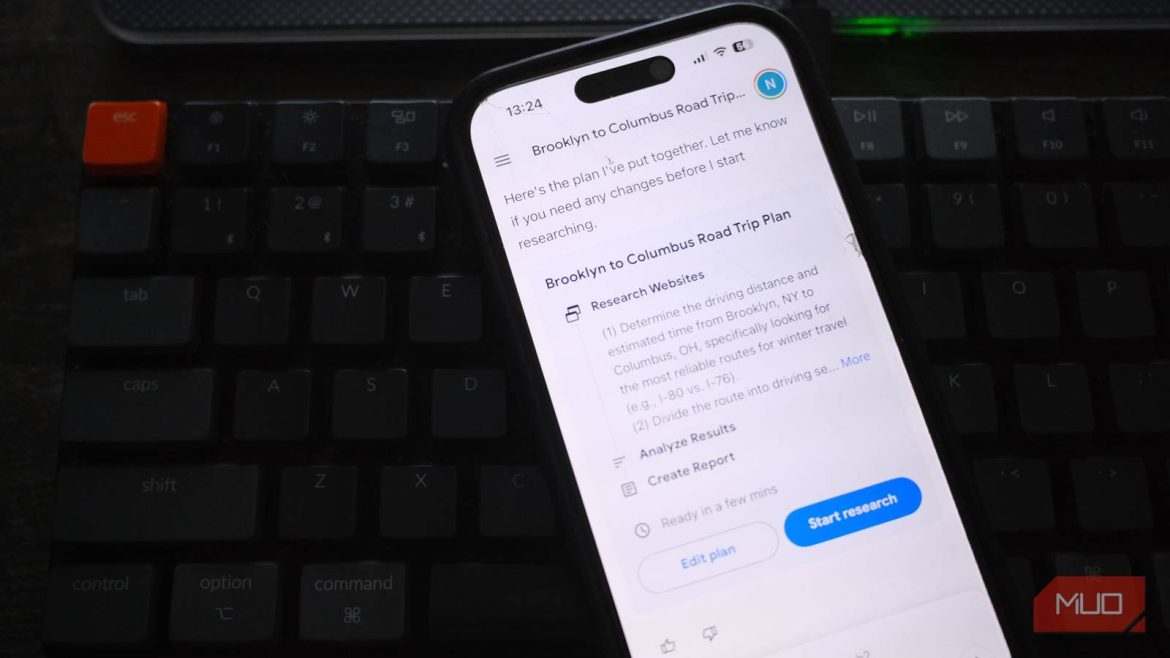After speculation began a month ago, Google Gemini 3 debuted on Tuesday, solidifying what many see as an already strong lead for Google in the world of AI-informed technology, even as other services, like OpenAI’s ChatGPT, still dominate the chatbot market.
Gemini 3 is everywhere you use Google services. If you pay for a “Pro” or “Ultra” subscription, it’s in even more places to analyze documents, offer proactive suggestions for travel or shopping plans, design a website, and more. Google also announced this week that If you’re a college student in the US, you can use Gemini 3 for free.
According to Google leaders, Gemini 3 is, of course, just the beginning. Demis Hassabis, the co-founder and CEO of Google DeepMind, the AI-developing arm at Google, has said as much.
In an interview with Alex Heath for the excellent Sources newsletter, Hassabis said a future Google AI tool might include “the entire internet in memory.”
Here’s the exchange:
Sources: I’ve heard there’s internal interest in fitting the entire Google search index into Gemini, and that this idea dates back to the early days of Google, when Larry Page and Sergey Brin discussed it in the context of AI. What’s the significance of that if it were to happen?
Hassabis: Yeah. We’re doing lots of experiments, as you can imagine, with long context. We had the breakthrough to the 1 million token context window, which still hasn’t really been beaten by anyone else.
There has been this idea in the background from Jeff Dean, Larry, and Sergey that maybe we could have the entire internet in memory and serve from there. I think that would be pretty amazing. The question is the retrieval speed of that. There’s a reason why the human memory doesn’t remember everything; you remember what’s important. So maybe there’s a key there. Machines can have way millions of times more memory than humans can have, but it’s still not efficient to store everything in a kind of naive, brute force way. We want to solve that more effectively for many reasons.
This modal appears on the web-native version of Google Gemini for users who have not tried to the third version yet.
That’s the possible future of Gemini, but what can this third version do?
Essentially, Gemini 3 “thinks” better than previous versions, and it doesn’t offer near-instantaneous answers like Gemini 2.5, which was released in March, does. Google explains that it takes longer for an answer to form because it is “built to grasp depth and nuance,” in the words of a Google blog post. The wait is no surprise, though; “thinking” or “reasoning” LLM models take longer to yield answers to prompts.
The increased attention to nuance means the Gemini 3 large language model can perceive “subtle clues in a creative idea,” based on whatever text you type (or say) into it. A Google modal that shows up on gemini.google.com for users who haven’t yet used Google Gemini 3 reads, “Gemini 3 Pro is here. It’s our smartest model yet — more powerful and helpful for whatever you need: Expert coding & math help; next-level research intelligence; deeper understanding across text, images, files, and videos.”
In my basic testing of Gemini 3 using my Google Pro subscription at gemini.google.com, I can see the new model — called “Thinking” — as one of the options. And the results are richer, too.
Perhaps the best compliment that can be paid to the progress of Gemini, aside from the various third-party reviews and hot takes that have sprung up in the last 24 hours, is the compliment from a competitor. Sam Altman, CEO of OpenAI, which is the largest competitor to Gemini with its ChatGPT chatbot, extended congratulations on Wednesday, posting on X: “Congrats to Google on Gemini 3! Looks like a great model.”
How well does Gemini 3 plan a road trip?
And how it compares to Gemini 2.5
Using Gemini 2.5, I asked for a road trip itinerary from Brooklyn, New York, to Columbus, Ohio, next month. In a matter of seconds, I received a table that broke down the trip by hour, including suggested breaks. I also received general information about it being a busy travel time of year, tips on the brutal Pennsylvania weather, tolls, and a Google Maps version of my route.
When I asked the same question of Gemini 3, the wait for data was about a minute as Gemini 3 offered cute text updates like “Refining directional nuance.” I again received a table of suggestions for when to leave and when to stop, but I also was met with warm recommendations for lunch, including a space that offered “farm-to-table food in a cool artistic space.”
Gemini also suggested detours like this one: “Alternative Scenic Stop: If you make excellent time and want a historic detour, Flight 93 National Memorial is located near Shanksville, PA (off US-30, a slight detour from the Turnpike). It is a somber but beautiful site, especially in winter.”
There are, of course far more advanced use cases for Gemini 3. One user created a 3D LEGO editor:
How to find and use Google Gemini 3
Here’s where to look
If you have a Google Gemini Pro subscription, you can use Google Gemini 3 in the search giant’s AI Mode, which rolled out earlier this year as an alternative to traditional searches.
You can also use Gemini 3 in the phone app and on the web. If you’re a developer, you can access Gemini 3 in AI Studio and Vertex AI, as well as in Google Antigravity, the company’s AI-assisted developer platform that also debuted this week.
If you want to use Gemini 3 for free, you can, but the usual usage limits apply, similar to how other LLMs like ChatGPT and Claude limit the number of prompts per day.

